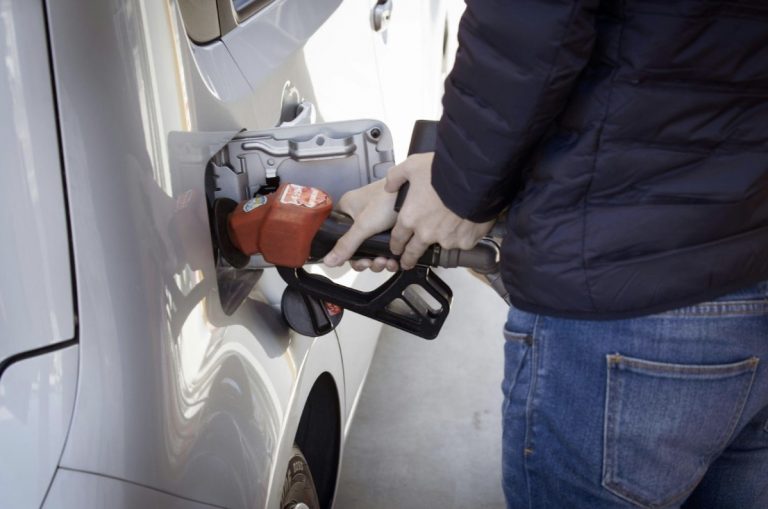In this current economic climate of rising gas prices, finding ways to reduce fuel expenditures is an increasing priority for many drivers. Small adjustments to daily driving habits and vehicle maintenance can impact overall costs at the pump over time. In this post, we explore six effective methods for saving money on gasoline.
Story Stages
1. Driving Style
A smooth, consistent, and slow-pace driving style is more fuel-efficient. Sudden speed changes are hard on your vehicle and result in higher gas consumption. Additionally, even if your car is stopped and stationary, it still consumes fuel as long as the engine runs. At extended stops like pulling over to the side of the road, waiting in a long drive-thru line, or picking someone up, it’s better to turn off the engine completely rather than letting it idle.
2. Delivery Apps and Carpooling
The most obvious way to save money on gas is to reduce driving. You can save money with grocery delivery apps, carpooling, cycling, public transport, and more. Sharing rides cuts down on the number of individual vehicles on the road each day. By carpooling to work or for errands, you can split the cost of gas. It’s better for both your wallet and the environment.
In the context of reducing driving and optimizing for environmental and financial savings, https://www.amsfulfillment.com/ offers an innovative approach to managing your delivery needs efficiently. AMS Fulfillment, with its robust e-commerce and B2B retail solutions, streamlines the shipping process, potentially reducing the carbon footprint associated with the delivery of goods.
3. Gas Price Comparison Apps
How often have you gotten gas only to drive a short distance and notice another station selling fuel at a significantly lower price? It’s frustrating to miss out on savings when a better deal is so close by. You can easily avoid this by using gas price apps. Apps allow you to easily find the cheapest gas prices before filling up. You can pay less at the pump by getting price information from your phone.
4. Vehicle Weight
The heavier a vehicle is, the more fuel it takes to move it around. Extra weight requires more energy from the engine, and Unnecessary items stored permanently in the trunk, cargo area, or roof racks increase the vehicle’s weight. Things like spare tire racks or boxes of stuff make the vehicle heavier without providing any benefit.
5. Tire Inflation
Proper tire inflation is important for both safety and fuel efficiency. Under-inflated tires face greater rolling resistance on the road. The engine has to work harder to push through this resistance. The farther you drive, the more rolling resistance the tires make, meaning the engine has to burn more fuel to move the car against this resistance.
6. Tire Alignment
Misaligned wheels can cause unnecessary tire wear as they do not roll smoothly down the road in a straight line. Instead, they are skewed or pointed in slightly different directions than intended. This causes extra drag on the tires as they move rather than allowing them to rotate freely. The tires must work harder to overcome this drag, placing additional strain on the engine. Due to this misalignment, the car will use more fuel than necessary.
7. Regular Maintenance
It’s tempting to cut corners on car maintenance to save money. But putting off oil changes or another routine service costs you more in the long run. When your car isn’t properly maintained, it doesn’t run as smoothly or efficiently, resulting in lower gas mileage.
8. Plan Your Trip
By planning routes in advance, you can choose more efficient options. Sometimes, side streets or back roads can be quicker than main highways during busy times since you avoid stop lights and traffic jams.
Endnote
Reducing gas costs remains an ongoing pursuit as prices continue to fluctuate. Even small changes, done consistently, can add up over months and years. Consider the recommendations that best suit your daily transportation needs and follow through.
